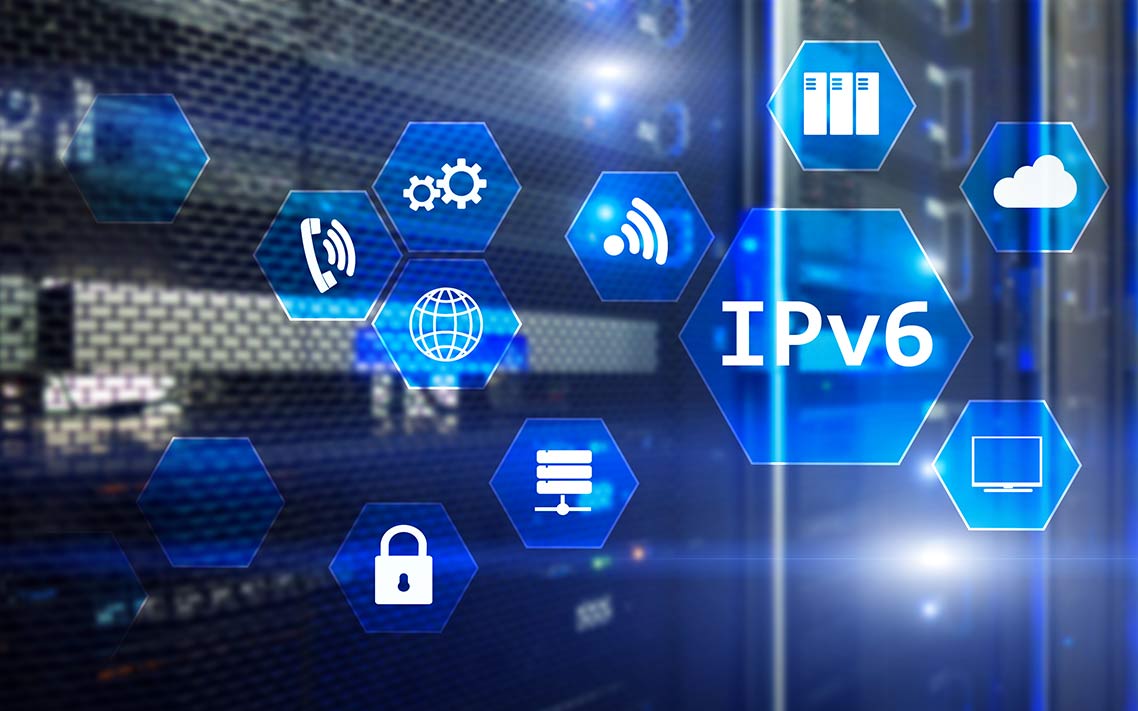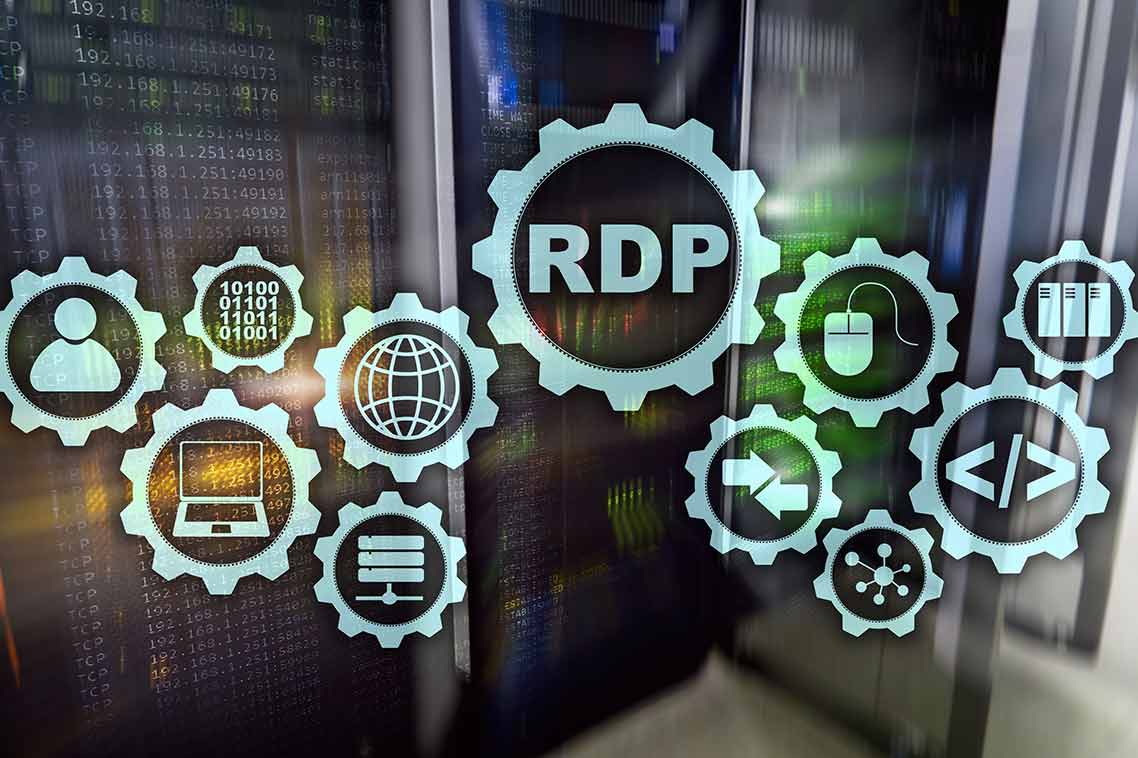The Internet Protocol, or IP, is the set of rules that makes it possible for our computers and other communication devices to connect to each other over the internet. Whenever you open a website on your browser, a data packet with your IP...
Understanding the FundamentalsMuch like many organizations, you probably opted for cloud computing when you first launched your web application, database, or mail server. After all, cloud computing services seem convenient,...
Amazon Web Services (AWS) provides a complete set of compute services, allowing organizations to distribute, execute and scale applications or workloads using Amazon’s cloud-computing platform. One of these services is Amazon...
Creating and maintaining multiple virtual machines (VMs) at all the levels of the computing stack is a fundamental component of any modern IT infrastructure. Replication remains the most powerful tool that organizations can use to...
The Parallels® RDP Client for Mac client allows Mac workstations to connect to a Windows remote machine using Remote Desktop Protocol (RDP), which is an essential component of Microsoft’s Remote Desktop Services thin...
Parallels®, creator of the simplest and most secure way to provide Windows applications to users of Mac computers, has announced a distribution agreement with Wordtext Systems...
Tsclient is the executable name for the Parallels® RAS Client for Windows. It is lightweight, easy-to-install and leverages the capabilities of Microsoft Remote Desktop Protocol (RDP). If you’re just getting started with...
The total cloud computing market doubled in size from 2017 to reach almost $100 billion in 2019. Amazon pioneered cloud computing when it started Amazon Web Services (AWS) in 2006. AWS remains the market leader due to its first-to-market advantage as...







